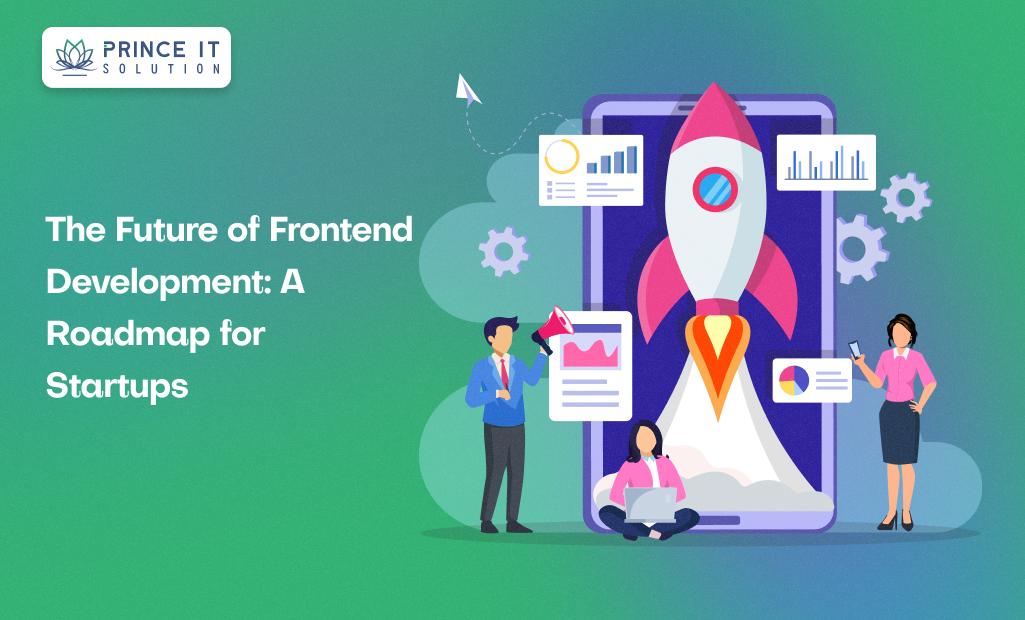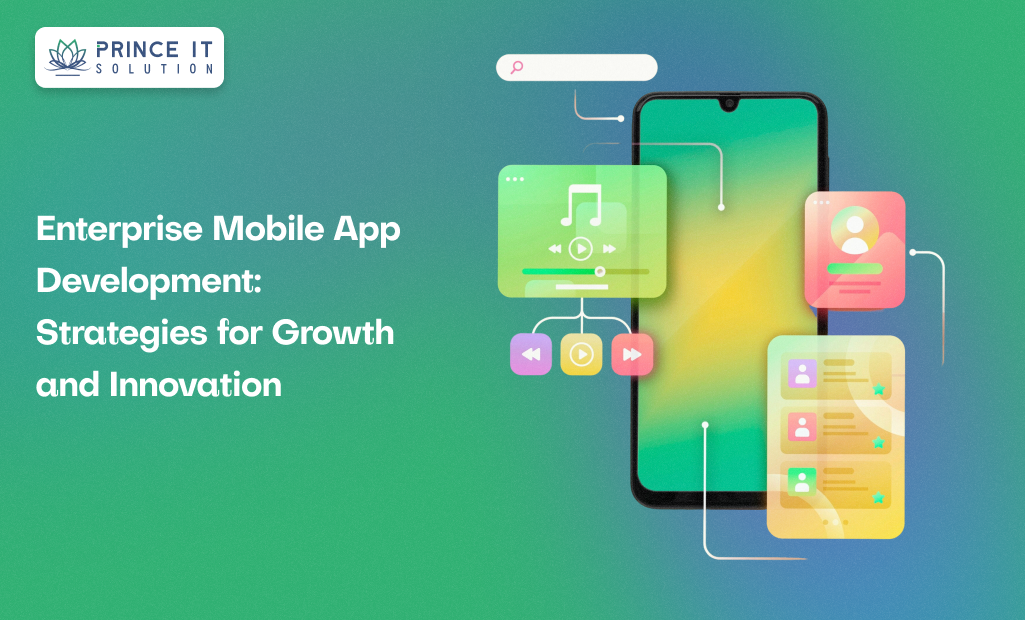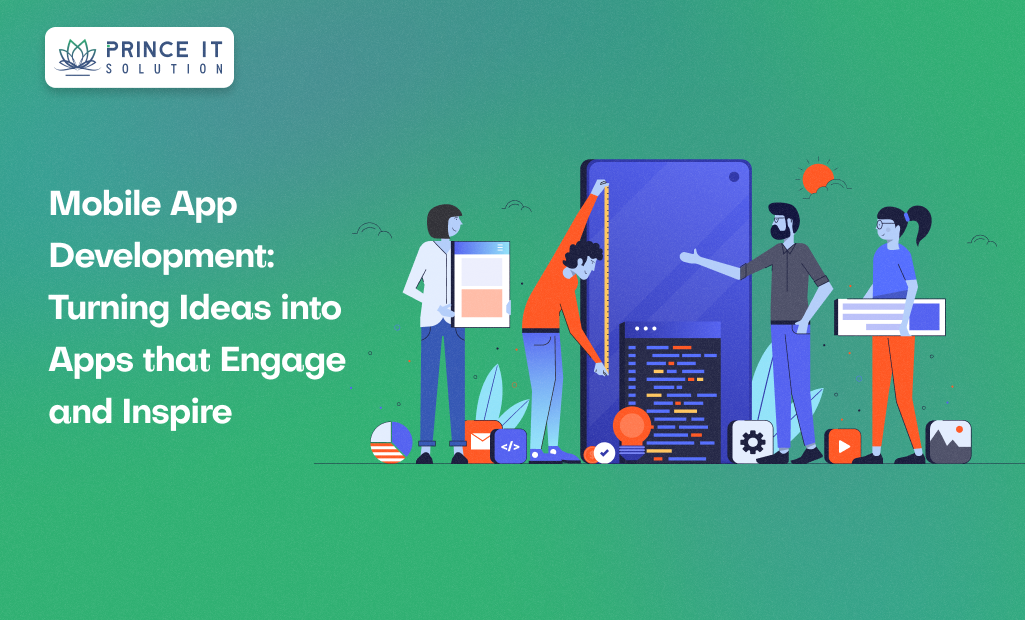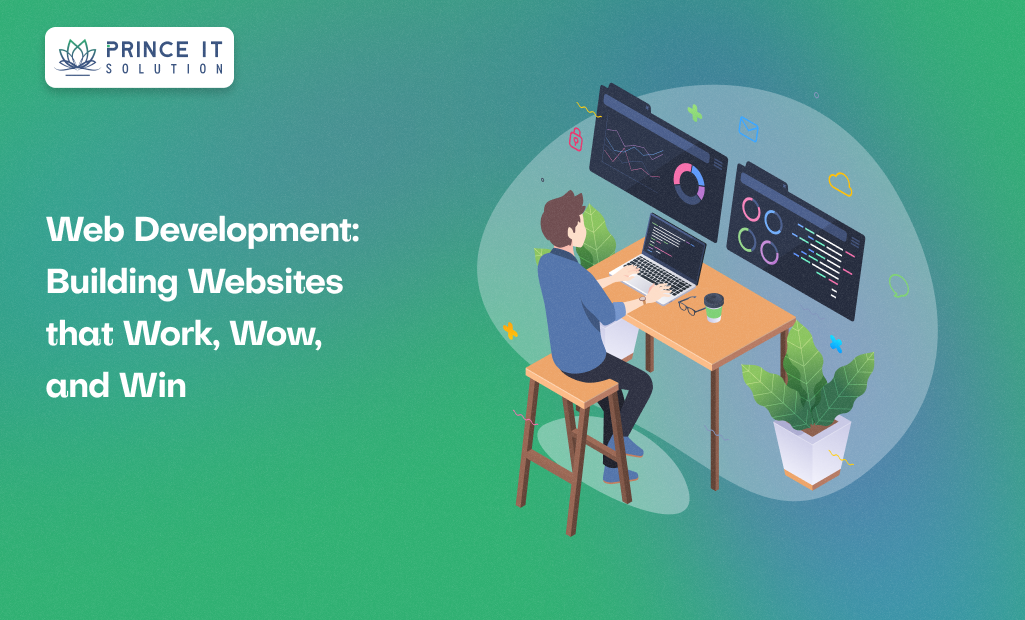Introduction: Why Frontend Matters More Than Ever
In today’s fast-paced digital economy, a startup’s first impression often comes from its website or app interface. Users judge businesses within seconds, and their experience with the frontend, the part they directly interact with, can make or break that impression.
Frontend development has moved far beyond static web pages. Today, it’s about creating engaging, interactive, and highly responsive user experiences. From lightning-fast load times to mobile-first design and from accessibility to personalization, the future of frontend development is shaping the success of startups across industries.
For startups, frontend development isn’t just about “making things look pretty.” It’s about building trust, driving conversions, and ensuring scalability. A great frontend directly impacts business growth by keeping users engaged and encouraging them to return.
This blog will act as a roadmap for startups to understand the future trends, tools, and strategies in frontend development, and how to harness them for growth.
The Evolution of Frontend Development
Frontend development has undergone a significant transformation:
Static Pages (1990s)
Simple HTML pages with basic styling.
Minimal user interaction.
Dynamic Web (2000s)
Introduction of CSS and JavaScript.
Websites became interactive and visually appealing.
Modern Web Applications (2010s)
Rise of frameworks like Angular, React, and Vue.
Single Page Applications (SPAs) improved performance.
Future-Ready Frontend (2020s and Beyond)
Progressive Web Apps (PWAs), serverless architectures, AI integration, and immersive UI/UX design.
Focus on speed, scalability, and accessibility.
Key Trends Shaping the Future of Frontend Development
1. Progressive Web Apps (PWAs)
Offer app-like experiences directly in the browser.
Work offline, load quickly, and boost user retention.
Ideal for startups that want mobile reach without the high costs of native apps.
2. Server-Side Rendering (SSR) and Static Site Generators
Frameworks like Next.js and Gatsby are becoming popular.
SSR improves SEO and initial page load speeds, crucial for startups that need visibility.
3. AI and Personalization
Frontend is becoming smarter with AI-driven recommendations, chatbots, and personalized experiences.
Startups can use AI APIs to enhance customer engagement without huge costs.
4. Mobile-First and Responsive Design
With the majority of users browsing via smartphones, mobile-first design is no longer optional.
Startups must prioritize fluid layouts and fast mobile performance.
5. Micro-Frontends
Breaking frontend into smaller, manageable parts.
Allows faster development and easier scaling, perfect for startups planning rapid growth.
6. Motion UI and Immersive Experiences
Use of animations, transitions, and AR/VR to capture user attention.
Enhances engagement and keeps users exploring longer.
7. Accessibility and Inclusivity
Accessibility is no longer just compliance; it’s business sense.
Startups must ensure their frontend is usable by all, including people with disabilities.
Frontend Tools and Frameworks Startups Should Adopt
React.js – Most popular framework, flexible, strong ecosystem.
Vue.js – Lightweight, beginner-friendly, great for quick MVPs.
Angular – Enterprise-ready, suited for large, complex applications.
Next.js / Nuxt.js – Perfect for SSR and SEO-focused startups.
Tailwind CSS – Utility-first CSS for rapid, modern UI design.
Svelte – Emerging framework that compiles code to efficient vanilla JS.
By choosing the right framework, startups can accelerate their development cycle while ensuring performance and scalability.
The Business Impact of Frontend Development
For startups, investing in the future of frontend brings measurable benefits:
Increased Conversion Rates
A responsive, fast-loading frontend keeps users engaged and reduces bounce rates.
Brand Credibility
A modern UI/UX design enhances trust and professionalism.
Scalability
Micro-frontend architecture and modular design help startups scale as user demand grows.
Cost Efficiency
Tools like PWAs allow startups to reach wider audiences without investing in multiple native apps.
Customer Retention
A personalized, accessible, and smooth user experience keeps customers coming back.
Challenges Startups Face in Frontend Development
Limited Budgets – Choosing cost-effective solutions like open-source frameworks is key.
Talent Shortage – Skilled frontend developers are in high demand.
Technology Overload – With too many tools available, startups often struggle to pick the right stack.
Scalability Concerns – Startups must build with growth in mind from the very beginning.
Roadmap for Startups in Frontend Development
Start with MVP (Minimum Viable Product)
Use lightweight frameworks (Vue, React) to launch quickly.
Prioritize Speed and Accessibility
Optimize images, minimize code, and ensure compliance with accessibility standards.
Invest in Responsive Design
Design for mobile-first to capture the largest audience.
Adopt Progressive Web Apps Early
PWAs combine the best of web and mobile at low cost.
Leverage Cloud and Serverless Architecture
Use scalable solutions that grow with your business.
Focus on Analytics and Feedback
Use analytics to improve user experience continuously.
Conclusion: Frontend as the Growth Engine for Startups
The future of frontend development is dynamic, intelligent, and user-centered. For startups, the frontend is not just a design layer; it’s the gateway to customer engagement, trust, and long-term growth.
By embracing trends like PWAs, micro-frontends, AI, and accessibility, startups can create digital experiences that are scalable, cost-efficient, and impactful. The key lies in adopting a strategic roadmap: start small, grow fast, and always prioritize the end user.
In the competitive world of startups, the frontend can truly be the differentiator between failure and success. A well-built frontend is not just code, it’s a powerful tool to win hearts, drive growth, and future-proof your business.



